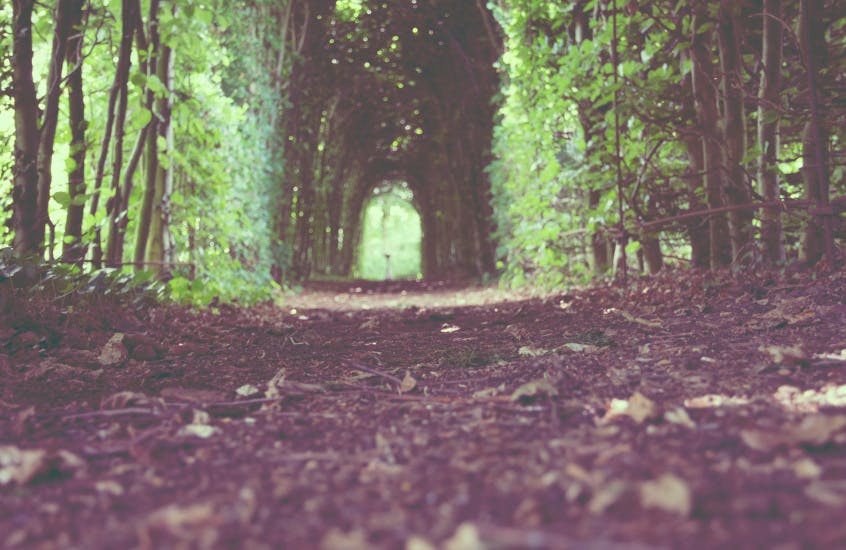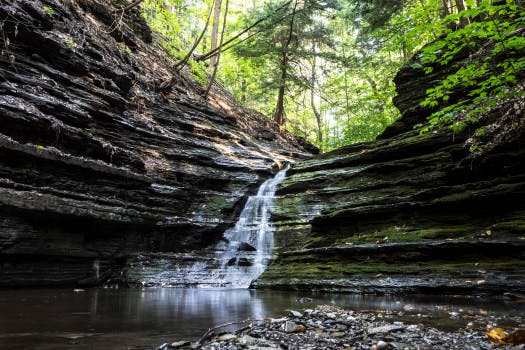Part of being an environmental educator is understanding how
people learn in order to develop meaningful lessons that resonate with your
learners. One theory, experiential learning, was popularized by
David Kolb and explains learning as a process of students learning by doing.
This theory has since been expanded on and a new theory play-based learning has
been developed. This theory expands on Kolb's original ideas and, though geared
towards younger learners, is applicable to learners of all ages.
Play-based learning is a theory which explains how children are
able to learn through playing, which is both a pedagogical and experiential
activity. Cutter-Mackenzie and Edwards (2013) investigated three types of play
to try to determine which type of play is the best suited for learning
environmental concepts. While there study was geared towards younger children,
I believe that it can be applicable to any age groups.
Purposefully-framed play combines open-ended play, modeled play, and teacher/student interactions to enhance the play experience. This method of play best supports environmental education, especially at a young age, by giving a purpose to the play (Cutter-Mackenzie & Edwards, 2013). Engaging in purposefully framed play can also support “deep learning” in that it allows the teachers to engage the students in environmental content by allowing the students to gravitate towards environmental activities of interest (Cutter-Mackenzie & Edwards, 2013). This means that with intentional planning, students can be directed to learning objectives as long as the educator is properly prepared.
This pertains to environmental education not only at a young age but also when working for older learners. This is well illustrated by using the example of using play-based learning to teach a skills such as using a bow drill to start a fire. At the start the students would have a variety of options of skills they could practice. This gives the students a chance to explore and find a skill they are interested in. By first setting out the components of the bow drill students are invited to try to figure out how it works (open-play). After the students experiment with the parts, a demonstration (modeled play) and a discussion afterwards (teacher/student interaction) would give the students an opportunity to not only use the parts of a bow drill in unison as well as explain how the bow drill fire starting method works. This gives them a chance to experiment and form connections on their own. Using this method also gives the educator a chance to do some modeling for the students to help directed their experiences in a way that would help them understand the concepts being covered.
Understanding how play can be used to teach environmental concepts is an important aspect of being an environmental educator. The theory behind purposefully-framed play bridges the pedagogical gap between knowledge and experiential learning by having the experience be guided with knowledge from the teacher (Cutter-Mackenzie & Edwards, 2013). This allows for the students to understand that there is a reason for the play, giving them a chance to connect the outcomes with concepts. Environmental educators should strive to follow a purposefully framed organization for our teaching styles to help link activities to concepts. If not, we run the risk of having the students miss out on concepts altogether.
Works Cited
Cutter-Mackenzie, A., & Edwards, S. (2013). Toward a model for early
childhood environmental


